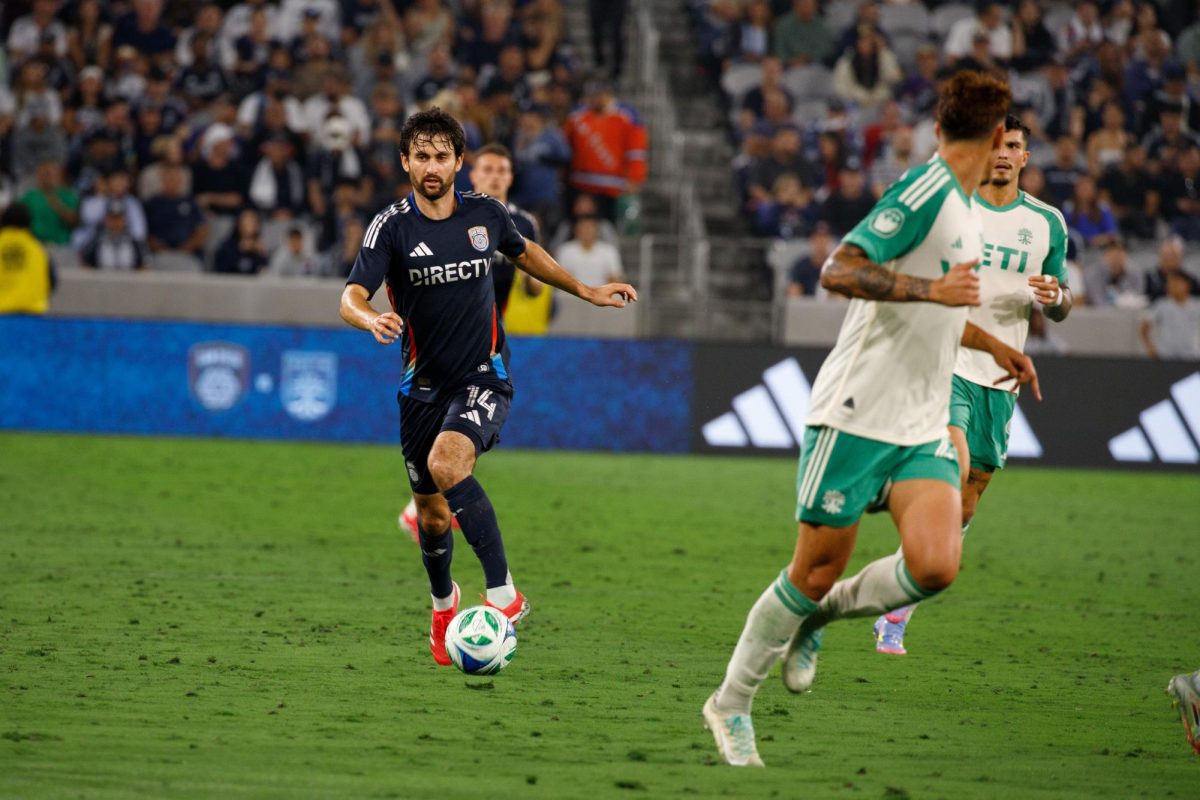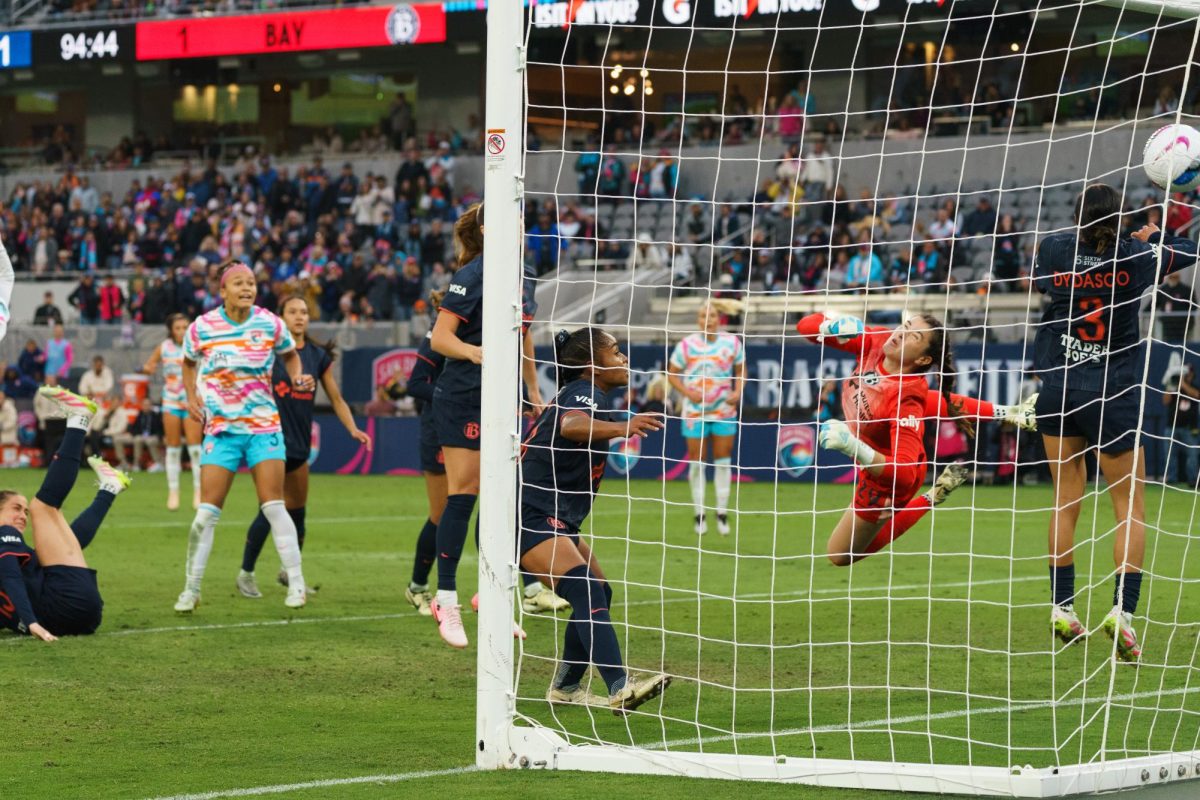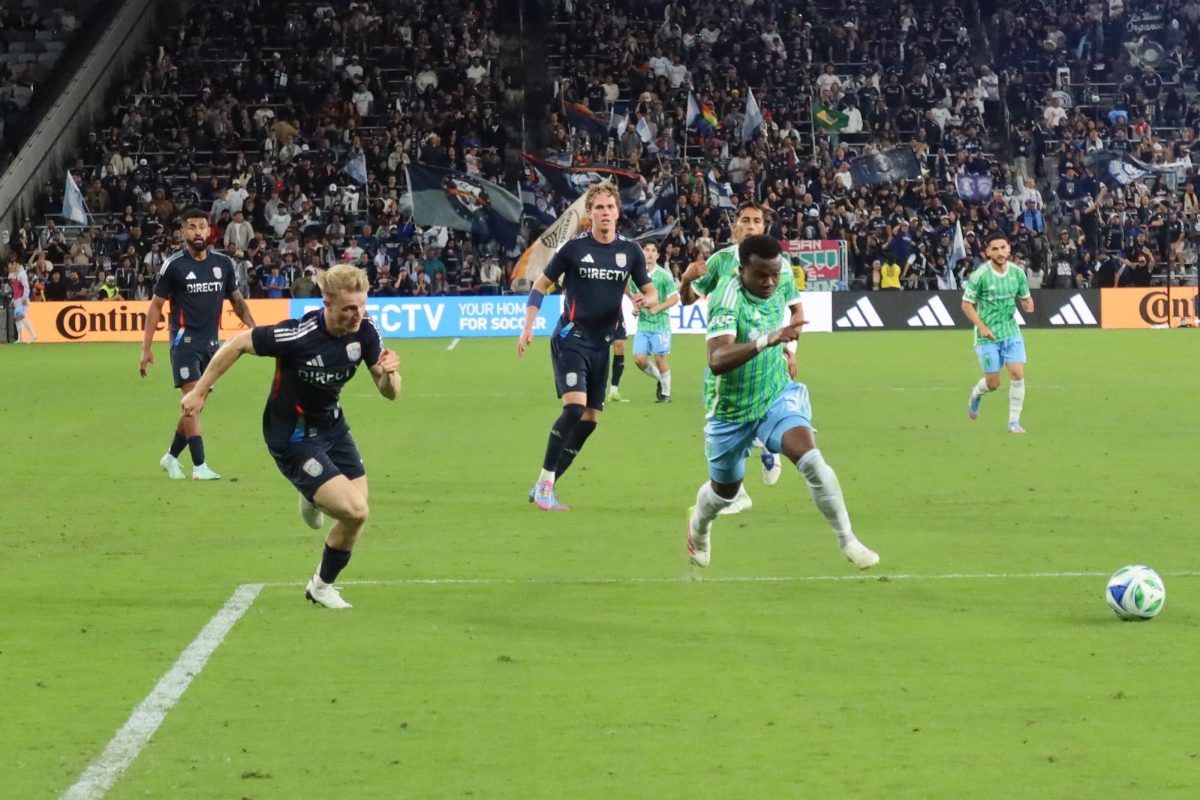On Monday, July 1, the United States Men’s National Team fell to Uruguay in the group stage of Copa America 2024, knocking them out of the tournament. Viewers looked to point fingers at several things in hopes of finding the cause of the problem.
Was it coach Gregg Berhalter? Was it the lack of experience within the squad? Had their progress since last year’s World Cup simply plateaued?
It was a mix of factors that contributed to the disappointment of a performance the team put on, prompting the question of whether or not the US possesses a talent pool that could help restore the program’s competitiveness—the root of the cause: the pay-to-play system plaguing American soil.
The pay-to-play model of U.S. soccer creates a billion-dollar industry, so it’s not surprising that there is an aggressive push to apply it every year and test their limits. A 2022 report by the Aspen Institute’s State of Play states that soccer parents pay an average of $1,188 a season per child, and usually kids play fall and spring ball every year.
“From my experience top clubs will raise their prices from year to year knowing people stay and pay it because of the promise for exposure that they deliver,” San Diego State women’s goalkeeper Taryn Grobbel said.
According to MLS Multiplex, only 11% of youth registered in clubs are from households that make less than $25,000 a year. On the other hand, over a third of the kids registered are from families that make over $100,000 a year.
“I think a lot of the systems in the U.S. tend to be structured towards short-term profit as opposed to developing the long-term – that’s what’s wrong with the U.S. as opposed to international soccer. It’s targeted towards making a profit in the short-term and having kids pay to play while in the long run, kids will fizzle out because they don’t have the funds to maintain that,” SDSU men’s soccer goalkeeper Djibril Doumbia said.
Kids looking to play soccer at the highest level in America are forced to make unnecessary sacrifices to get the exposure of college coaches and professional scouts. Hard work and talent only get you so far under the pay-to-play model. The harsh reality is if you can’t afford the registration fees, travel expenses and extra training, you might as well kiss your dreams goodbye.
“I have had teammates have to juggle playing competitive soccer and a job just so that they afford the costs of being on a competitive team,” SDSU women’s forward Logan Nidy said. “My parents always worked hard so that I could play competitive soccer growing up. However, this prevents us from going on vacations as a whole family. Soccer became our vacation.”
“It was spare change for most boys whose parents had a good job, but for my family, it was not an easy task,” SDSU men’s defender Israel Carrillo said. “Luckily they were able to set up a plan and payments were done every month or so. We struggled but always managed. It stopped at the U-17 level where everything there was paid for, which was a huge relief as my parents were still paying the U-13 and U-15 payments at that time.”
There is a clear contrast between the experiences of playing youth club soccer in America and in other countries where financial issues aren’t as prominent.
Most countries in Europe encourage the participation of playing for a youth club or academy and working your way up to play at a senior level; however, these organizations clearly prioritize individual player development and growth rather than putting more money in their pockets.
“I’ve never had a real financial issue growing up to play soccer even though you gotta pay for the club license to play for the club,” SDSU men’s defender Noah Cretier said. “In France, once you get a certain age, you don’t have to pay anymore because you got a certain level and that’s when you start playing soccer and put it first even before school.”
“At one point after we graduate, some of us stop going to school and just play soccer to try to go pro and you can get paid at a really young age,” Cretier said. “I remember that the license wasn’t that expensive but it was obviously a certain amount of money but most people can afford it.”
At some point, money can start to affect an athlete’s mental health while also hindering their opportunities. Instead of focusing on one’s performance on the field, having constant financial worries puts unnecessary stress on both players and their families.
“There were definitely times when me and my friends would feel really bad just complaining about a game or a practice because we know how much time and money is spent into our development,” Grobbel said.
Not only does the pay-to-play model strip players of their passion and love for the sport, but it also completely redefines the purpose of playing soccer and investing time in club development. If not for monetary prioritization, soccer in America would be seen with much more respect and admiration.
“My family has always told me, there’s no reason to play something if it’s not fun and you don’t love it,” Nidy said. “Every kid out there plays ’cause they have fun and love it which is how it should be. If they have dreams and aspirations of collegiate, pro soccer, or national team soccer it shouldn’t be pushed down in the system due to pay-to-play and a lack of affordability.”









